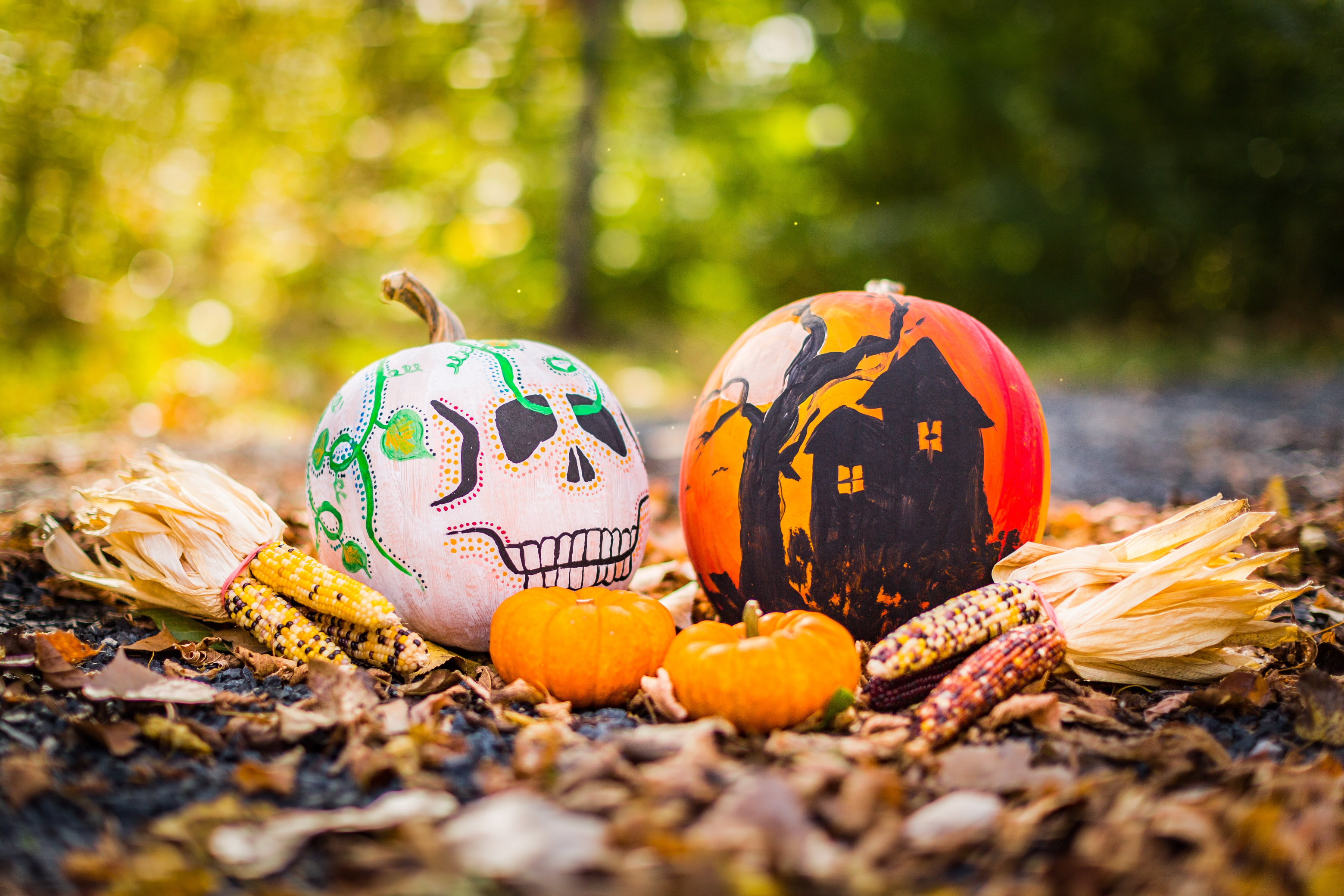When you buy a product or service through links on embellishcoupons.com, we may earn a commission.

Introduction
As the leaves turn vibrant shades of orange and the air takes on a crisp, cool edge, Halloween approaches, bringing with it a sense of mystery and magic. Halloween, celebrated on October 31st, is a holiday rich in tradition and folklore. It's a time when people don costumes, carve pumpkins, and indulge in sweet treats, but beneath the surface lies a world of superstitions and myths that have been passed down through generations. In this blog, we'll delve into the fascinating world of Halloween folklore, exploring the origins of some common superstitions and the enduring myths that continue to captivate our imaginations.
The Origins of Halloween
Before we dive into superstitions and myths, it's essential to understand the origins of Halloween. Halloween has its roots in the ancient Celtic festival of Samhain. Samhain marked the end of the harvest season and the beginning of winter in Celtic Ireland, Scotland, and Wales. It was believed that on the night of October 31st, the boundary between the living and the dead was at its thinnest, allowing spirits to cross over into the mortal realm.
To ward off these wandering spirits, people would light bonfires and wear costumes made of animal hides. They also left offerings of food and drink to appease the spirits. Over time, these traditions evolved into the modern-day practices of lighting jack-o'-lanterns, dressing up in costumes, and trick-or-treating.
Superstitions Surrounding Halloween
1. Black Cats: Perhaps one of the most enduring superstitions associated with Halloween is the belief that black cats are bad luck. This superstition can be traced back to the Middle Ages when black cats were often associated with witches and believed to be their familiars. Today, black cats are sometimes seen as symbols of Halloween, and they are often featured in spooky decorations and stories.
2. Breaking a Mirror: Another superstition connected to Halloween is the belief that breaking a mirror brings seven years of bad luck. Mirrors were once considered powerful tools for reflecting one's soul, and breaking one was thought to damage or release the soul. This belief has persisted, and many people still exercise caution around mirrors, especially on Halloween night.
3. Walking Under Ladders: Walking under a ladder is considered unlucky year-round, but the superstition is heightened on Halloween. This belief likely stems from the idea that a ladder leaning against a wall forms a triangle, symbolizing the Holy Trinity. By walking under it, you would be disrupting this sacred shape, inviting bad luck or evil spirits.
4. Spiders: Seeing a spider on Halloween is believed to bring good luck. This superstition is a departure from the general fear of spiders and their association with witches in folklore. Finding a spider on your costume or decorations may be seen as a positive sign of protection.
5. Owls: In some cultures, owls are seen as harbingers of death or bad luck. Hearing an owl's hoot on Halloween night was thought to foretell a death in the family. However, in other cultures, owls are symbols of wisdom and protection, so the interpretation can vary widely.
Myths and Legends of Halloween
1. The Legend of Stingy Jack: The story of Stingy Jack is one of the most famous Halloween myths. According to Irish folklore, Jack was a cunning and deceitful man who managed to trick the devil multiple times. When Jack died, he was neither allowed into Heaven nor Hell. Instead, he was condemned to roam the Earth with only a burning coal inside a carved-out turnip to light his way. This tale gave rise to the tradition of carving pumpkins, as turnips were replaced by pumpkins in the United States.
2. The Headless Horseman: Washington Irving's "The Legend of Sleepy Hollow" introduced us to the Headless Horseman, a spectral figure who terrorizes the town of Sleepy Hollow. This classic American ghost story has become synonymous with Halloween and has inspired countless adaptations, including films and television series.
3. The Witches' Sabbath: Witches have long been associated with Halloween, and the idea of a witches' Sabbath is a common theme in folklore. It was believed that on Halloween night, witches would gather to engage in dark rituals and consort with the devil. These gatherings were said to take place at remote locations, often on mountaintops or in deep forests.
4. The Ghostly Woman in White: The ghostly woman in white is a recurring figure in ghost stories and legends associated with Halloween. She is often portrayed as a female spirit dressed in a flowing white gown, haunting lonely roads, graveyards, or abandoned buildings. Her appearance is said to foretell death or misfortune.
5. The Curse of the Mummy: Mummies have been a source of fascination and fear for centuries, and they have made their way into Halloween lore as well. The curse of the mummy is a popular theme in horror films and literature, with mummies coming to life to seek revenge on those who disturb their tombs.
Conclusion
Halloween is a holiday steeped in tradition and folklore, and its superstitions and myths continue to captivate our imaginations. Whether you're carving pumpkins, donning a costume, or just enjoying some spooky tales by the fire, it's clear that Halloween's rich history and enduring traditions make it a special time of year.
As you celebrate Halloween this year, take a moment to reflect on the superstitions and myths that have shaped the holiday. Whether you choose to believe in these age-old beliefs or simply enjoy them as part of the fun, they add a layer of mystery and enchantment to the season. So, as the night falls and the moon rises, embrace the magic of Halloween and let your imagination run wild with the folklore that surrounds it.